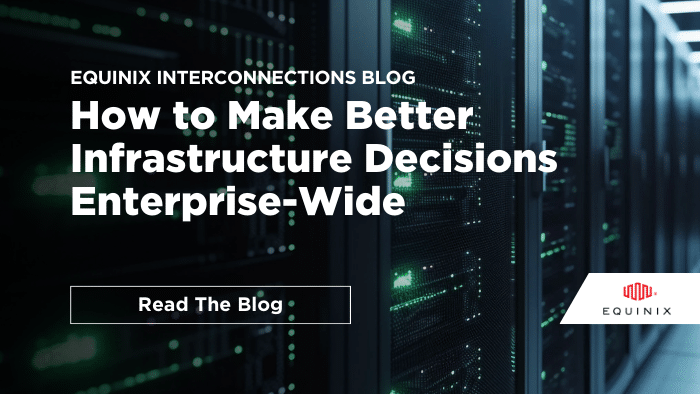[ad_1]
What is FinOps?
The FinOps Foundation defines FinOps as “an evolving cloud financial management discipline and cultural practice that enables organizations to get maximum business value by helping engineering, finance, technology and business teams to collaborate on data-driven spending decisions.”[1] Like a DevOps approach, FinOps focuses on communication and collaboration among cross-functional teams to bring accountability and predictability to cloud spend while working together to enable faster product delivery. Since cost management is one of the four pillars of cloud governance, applying FinOps practices will support the organization’s efforts to manage and monitor all aspects of its OPEX infrastructure footprint.
The end goal of FinOps is to unite IT, finance, product and management teams on the journey to optimizing cloud spend across the entire organization by improving decision-making processes and driving greater business value. Due to their focused analysis, FinOps teams will discover options beyond cloud or on-premises and identify which are best for specific workload types.
Importantly, FinOps is not only about saving money. By making trade-offs between speed, cost and quality of cloud architecture, and CAPEX decisions, a FinOps agenda contributes to the business of making money. As FinOps teams make more informed decisions, the results will help drive revenue growth and accelerate the pace of product and feature releases.
When the public cloud may not be the best choice, and why
Organizations run many types of workloads—each with specific requirements—that span the functions of the business. You want to be sure to place each workload in an operating environment that best meets its requirements around speed, flexibility, cloud-adjacency and data storage. Taking this approach may require identifying situations when a cloud-only solution may not be the best answer for your business needs. Examples include:
- You need to be at the edge, in proximity to where your customers are doing business today and where you can achieve much lower latency.
- You need increased security via single tenancy and complete control over your hardware’s security layer.
- You want to use DevOps tools to provision and manage private cloud hardware.
- You need to scale workloads quickly and efficiently—beyond public cloud platforms.
- You want to directly interconnect with a wide range of customers, partners and service providers.
As mentioned earlier, there are many IT infrastructure options for workload placement beyond public cloud. We’ll narrow the focus to review several workload scenarios that can benefit from placement in an automated Equinix Metal® Bare Metal as a Service (BMaaS) environment. Decision factors for optimal workload placement include specific workload requirements, hardware configuration, software stack and other factors that vary from case to case.
Predictable high-performance workloads
Data-intensive applications or AI/ML workloads require reliable high-performance compute, which dedicated bare metal servers can provide at a lower cost per unit of performance. Also, bare metal servers typically have a longer lifespan than virtual machines, leading to lower maintenance costs and longer replacement cycles.
Workloads with steady traffic
Running workloads with consistent up-and-down traffic patterns on the public cloud means businesses get charged for every hour an instance runs. In contrast, dedicated bare metal servers offer pay-per-use pricing. You pay only when the server is running workloads, rather than paying for idle resources.
Workloads with compliance or security requirements
When regulations mandate specific hardware or network configurations, dedicated bare metal servers offer greater control to help meet those requirements. Businesses can configure Equinix Metal servers with specific security protocols or encryption technologies, resulting in lower compliance costs and a reduced risk of security breach or data loss.
Workloads with high-bandwidth or low-latency requirements
Connecting workloads to the primary cloud providers via the public internet can be costly and introduces security risks. Equinix Fabric® secure interconnection provides low latency and high bandwidth for workloads that require high-speed data transfers or real-time processing.
Workloads with long-term usage
If you have workloads that run for a long time, such as databases and web servers, getting charged by the hour is an expensive proposition. With Equinix Metal, you pay for dedicated server hardware upfront and the cost of electricity and bandwidth use. There are no long-term commitments or minimum usage requirements, and Equinix manages the hardware.
While these are all real-world use cases, every business has unique requirements that will determine whether Equinix Metal or the public cloud is the best choice for placing specific workloads.
Choose hybrid multicloud infrastructure for flexibility and cost efficiency
Deciding where to run workloads requires carefully analyzing each workload’s specific characteristics and business needs. For most organizations, choosing hybrid multicloud will provide the best balance of performance, flexibility and cost-efficiency. With Equinix Digital Services—including Equinix Metal single-tenant compute and storage, Equinix Fabric software-defined interconnection and Network Edge virtual network functions—you can establish distributed network infrastructure to deploy workloads across your digital landscape while improving speed to market, decreasing operational downtime, and lowering costs.
Read the Forrester TEI study to learn more about the business benefits realized when Equinix customers choose a hybrid multicloud approach.
[1] What is FinOps?, FinOps Foundation
[ad_2]
